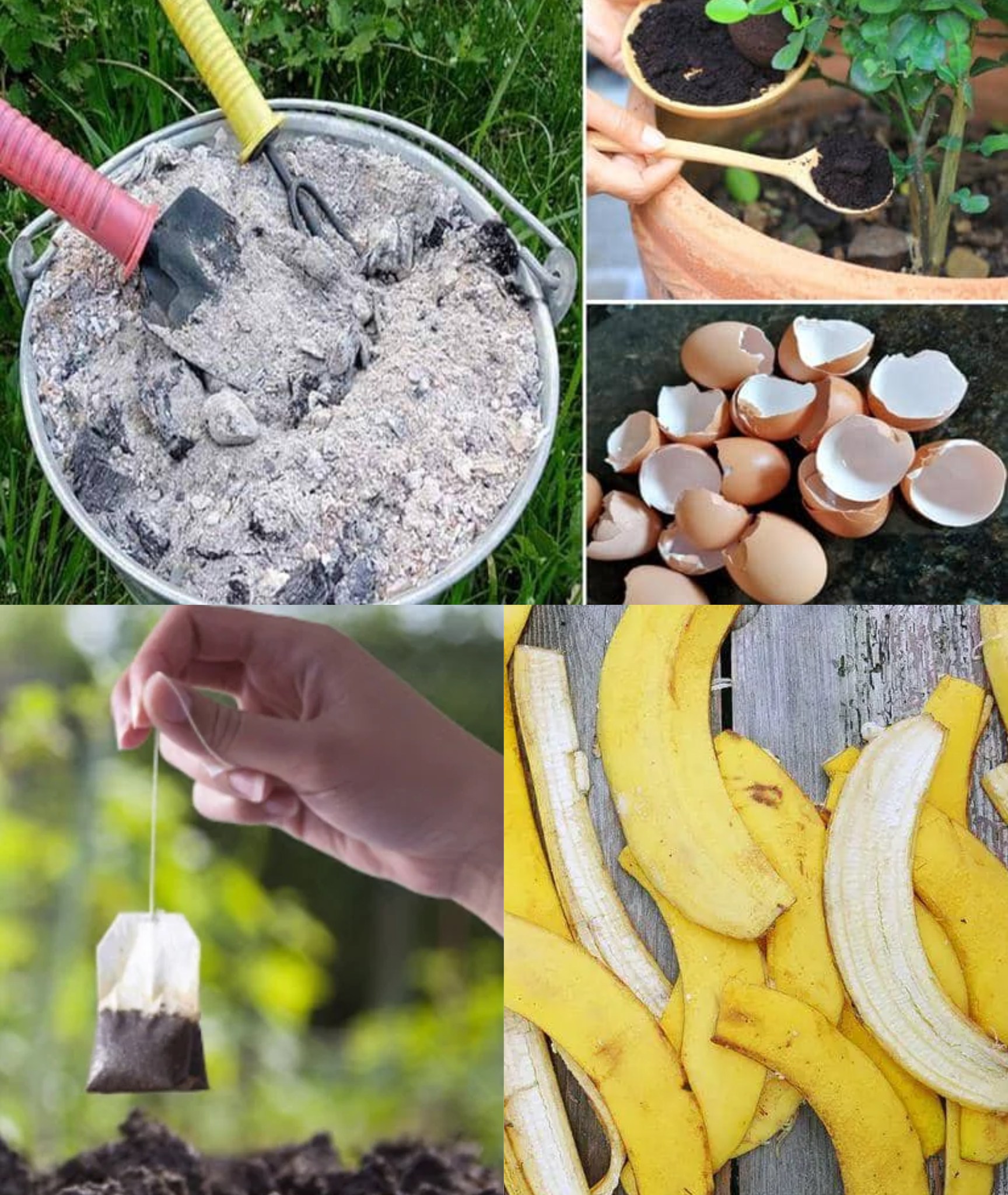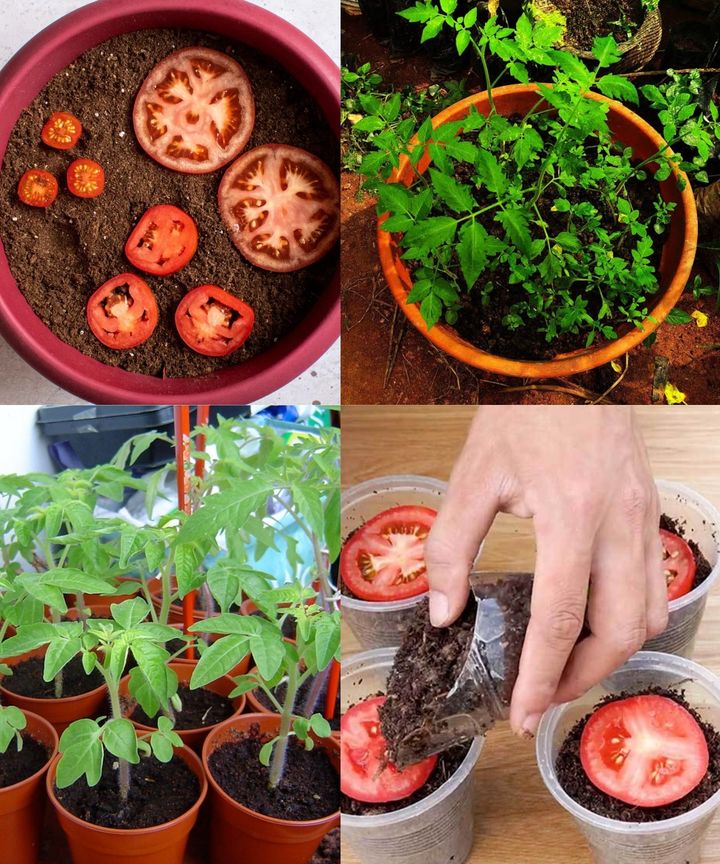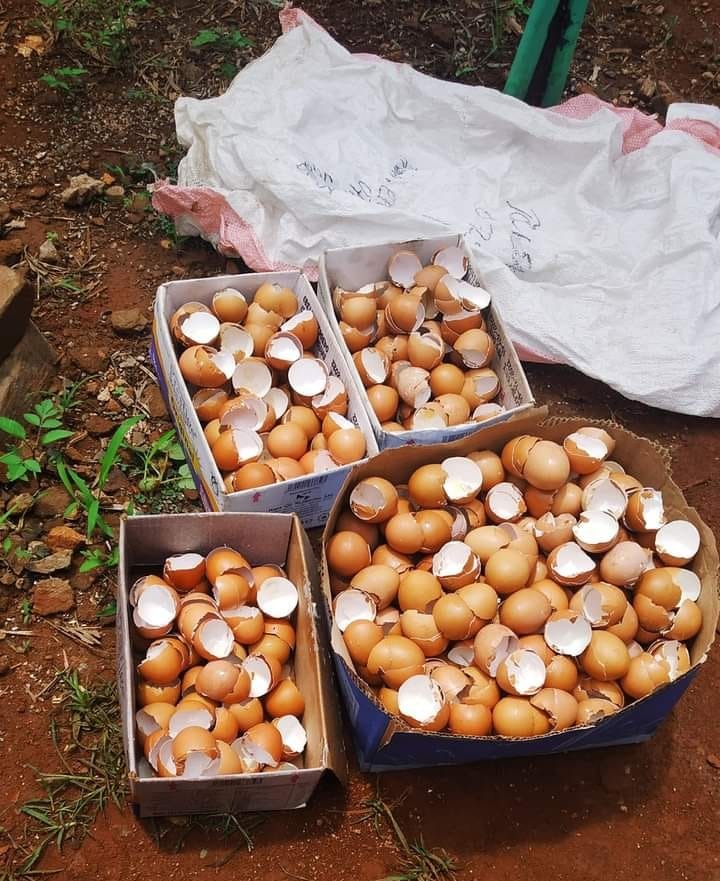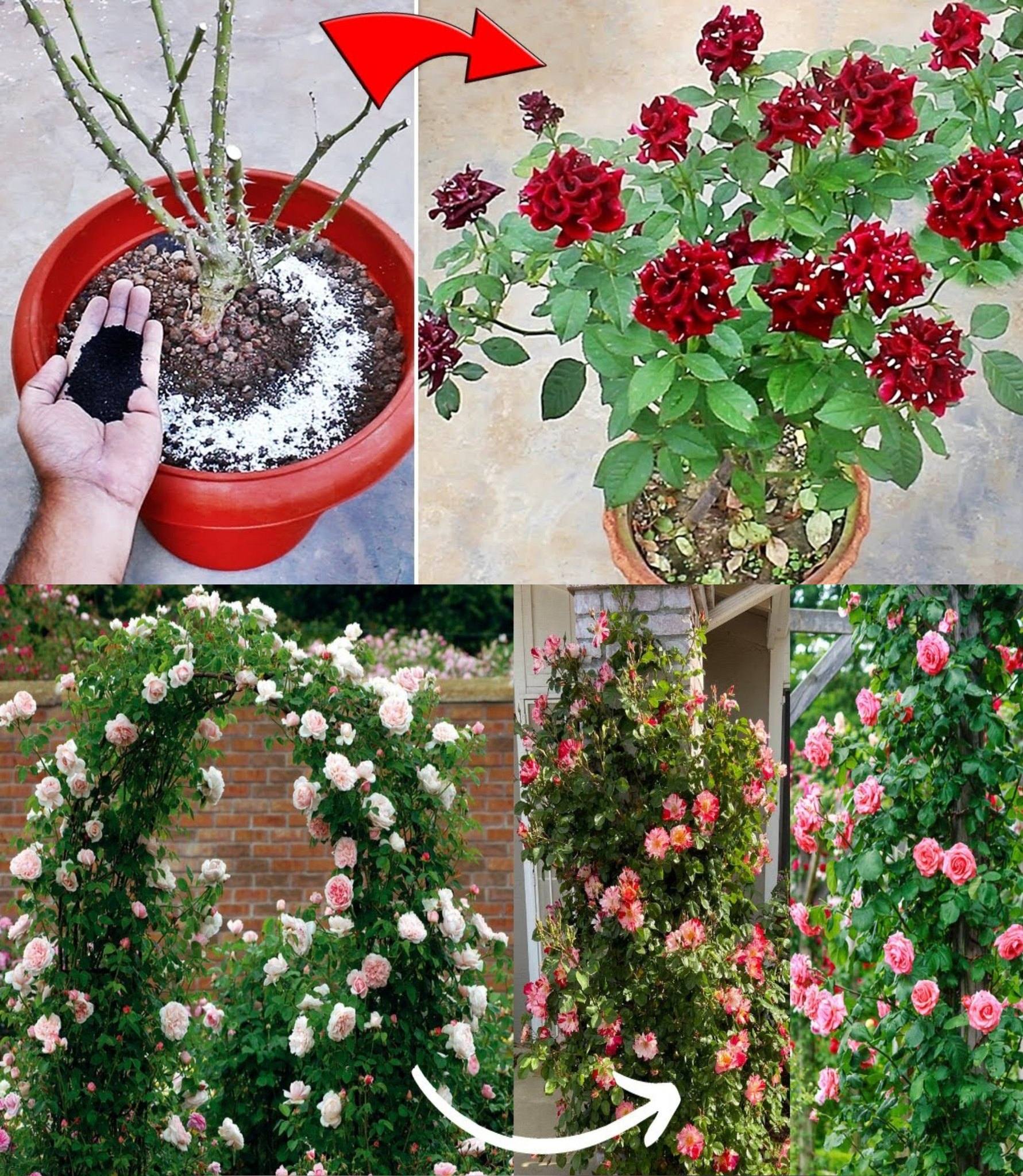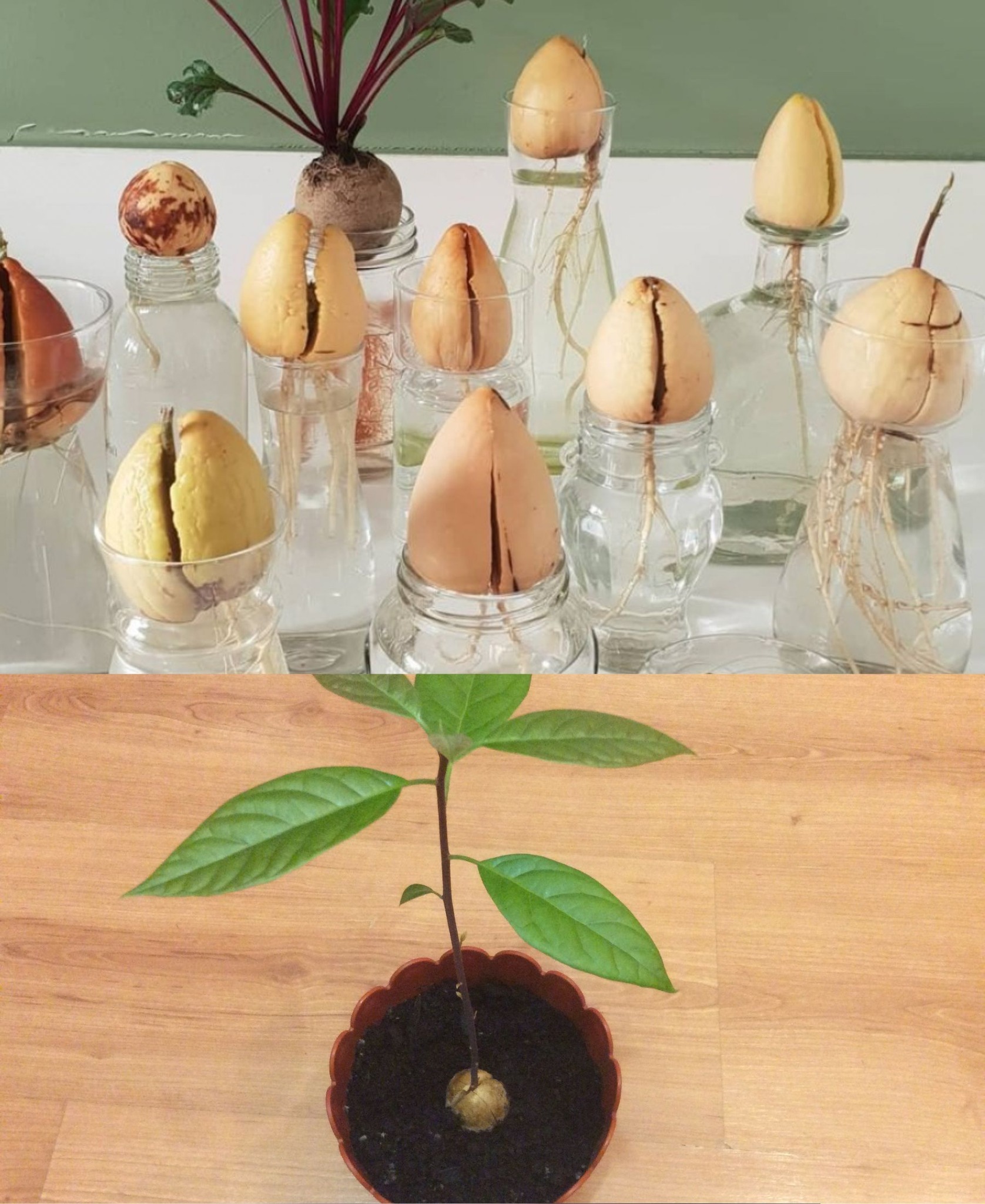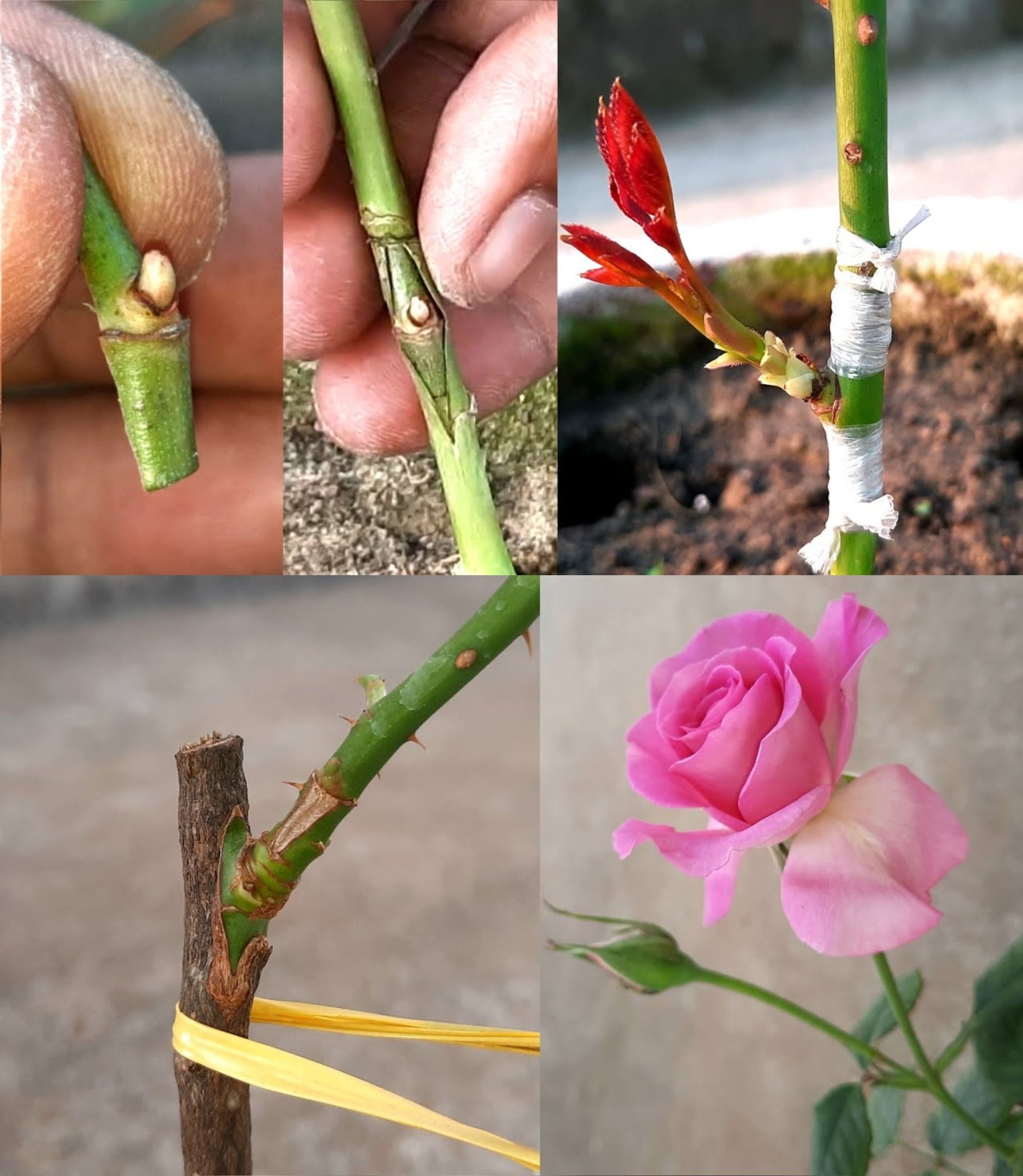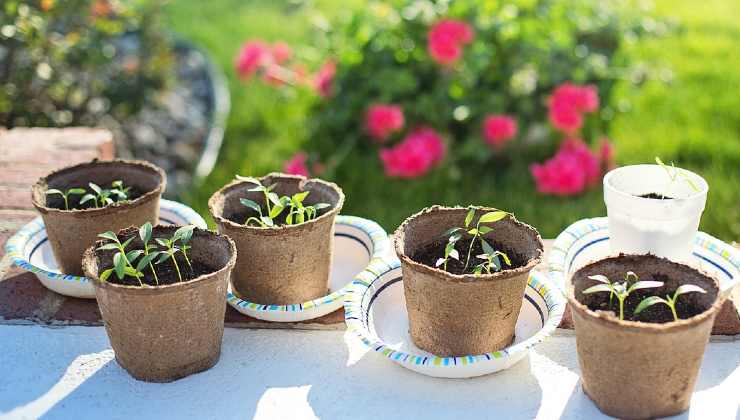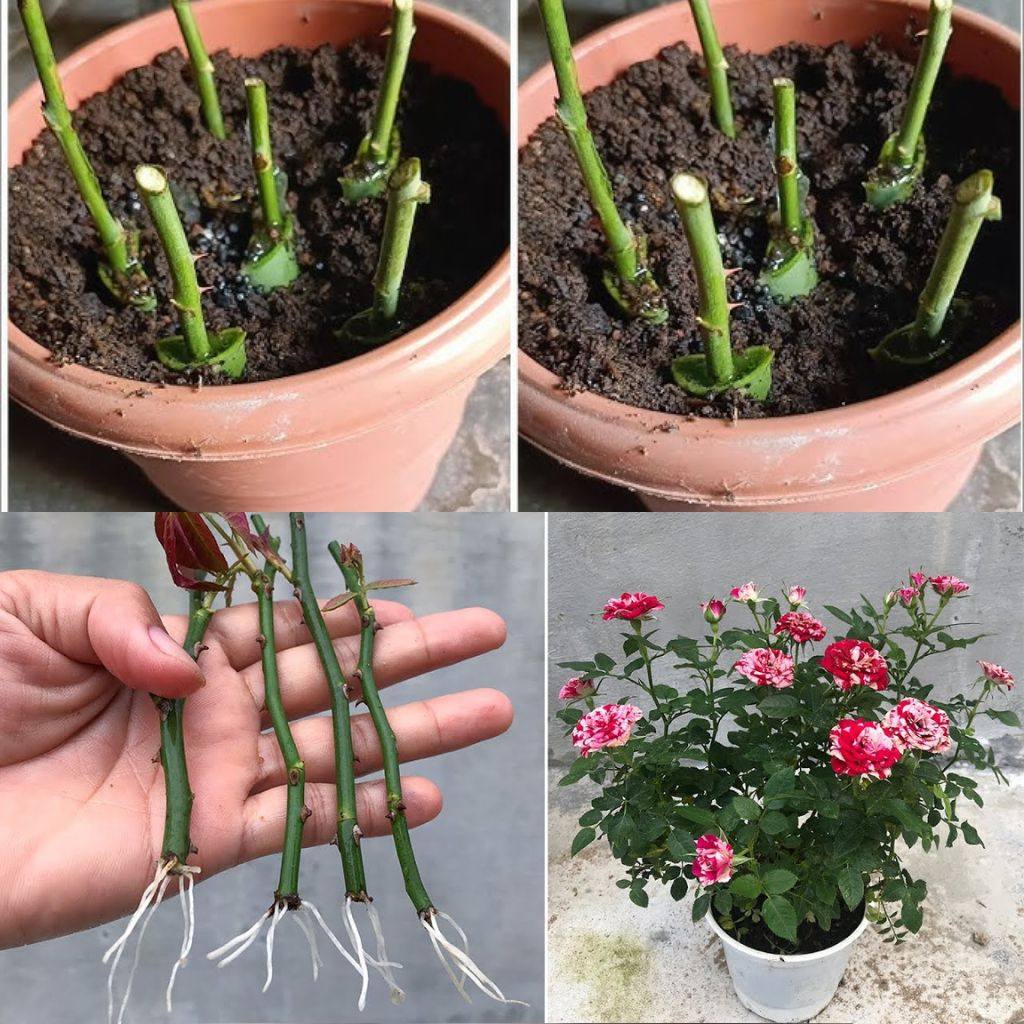Why Hyssop is the Best Herb to Grow in Your Garden🌱
Hyssop (Hyssopus officinalis) is a versatile and aromatic herb that has been cherished for centuries for its culinary, medicinal, and ornamental uses. Its hardy nature, beautiful flowers, and multitude of benefits make it an excellent addition to any garden. Here are the top reasons why hyssop is the best herb to grow in your garden.
1. Beautiful and Attractive Blooms
Hyssop produces spikes of vibrant, tubular flowers in shades of blue, purple, pink, or white that are not only visually appealing but also attract pollinators. Bees, butterflies, and hummingbirds are particularly drawn to hyssop, making it a fantastic choice for a pollinator-friendly garden. Its long blooming season—from midsummer to early fall—adds continuous color to your landscape.
2. Easy to Grow and Maintain
One of the greatest advantages of hyssop is its low-maintenance nature. Hyssop thrives in a variety of conditions and is drought-tolerant once established. It prefers full sun and well-draining soil but can adapt to less-than-ideal conditions. Whether you’re a seasoned gardener or a beginner, hyssop’s resilience makes it an easy and rewarding plant to grow.
3. Culinary Versatility
Hyssop is not just an ornamental plant; it also has a variety of culinary uses. Its leaves have a bold, minty flavor with hints of bitterness, making them a unique addition to salads, soups, and marinades. Hyssop can be used fresh or dried to flavor meats, vegetables, and even liqueurs, adding a distinct and aromatic touch to your dishes.
4. Medicinal Benefits
Historically, hyssop has been valued for its medicinal properties. It has been used to treat respiratory issues, digestive problems, and as an antiseptic. Hyssop tea is often consumed to relieve symptoms of colds and coughs, thanks to its natural anti-inflammatory and antimicrobial properties. While you should always consult with a healthcare professional before using herbs medicinally, hyssop’s long history in traditional medicine speaks to its many potential benefits.
5. Repels Pests Naturally
Hyssop is a natural pest repellent, making it an ideal companion plant in your garden. Its strong scent helps deter common pests like aphids, cabbage moths, and flea beetles. Planting hyssop alongside vegetables or other herbs can help protect your crops without the need for chemical pesticides, promoting a healthier and more sustainable garden.
6. Perennial and Long-Lived
Hyssop is a hardy perennial, meaning it will return year after year with minimal effort on your part. This longevity makes it a great investment for your garden, providing beauty, fragrance, and utility for many seasons. With proper care, hyssop can thrive for several years, making it a reliable and long-lasting addition to your herb garden.
7. Compact and Versatile
Hyssop’s compact size makes it perfect for various garden settings. Whether you’re planting in traditional garden beds, herb gardens, or containers, hyssop adapts well to its surroundings. Its tidy growth habit means it won’t overwhelm other plants, making it an excellent choice for smaller spaces or mixed plantings.
Final Thoughts
Hyssop stands out as the best herb to grow in your garden due to its beautiful flowers, ease of care, culinary and medicinal uses, natural pest-repelling properties, and long-lived nature. Whether you’re seeking to attract pollinators, add flavor to your cooking, or simply enjoy a low-maintenance plant, hyssop is a versatile herb that will reward you with its many benefits. Embrace the charm and practicality of hyssop, and watch it become a beloved part of your garden for years to come.



